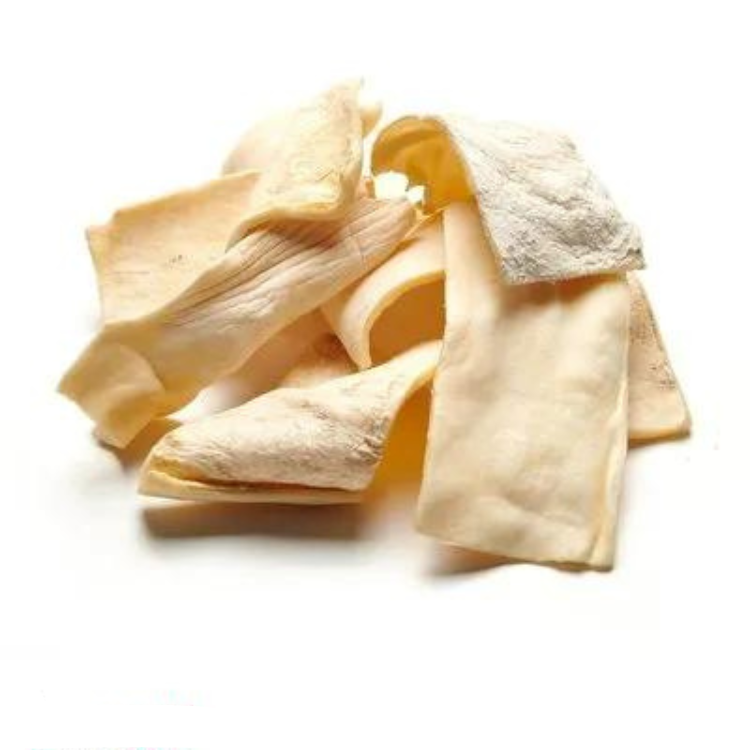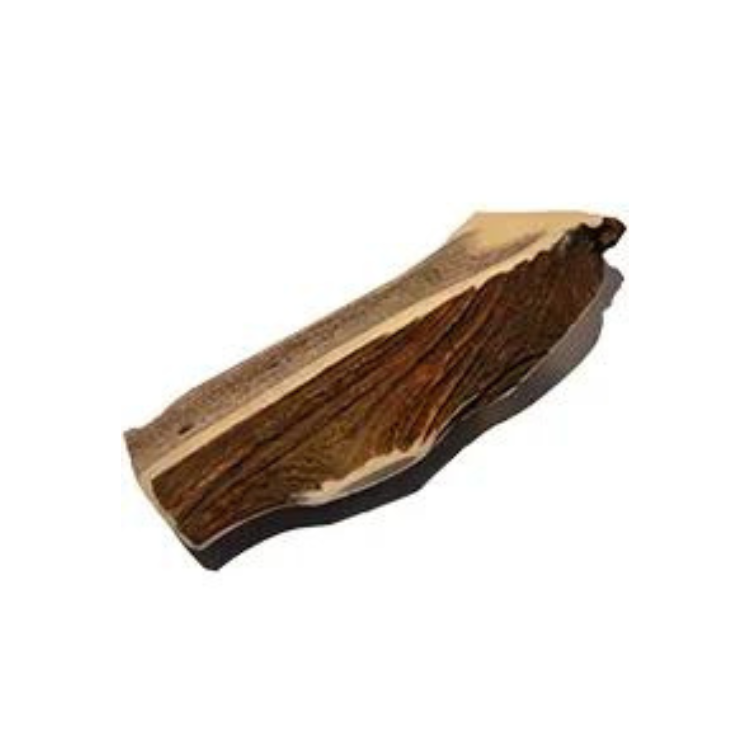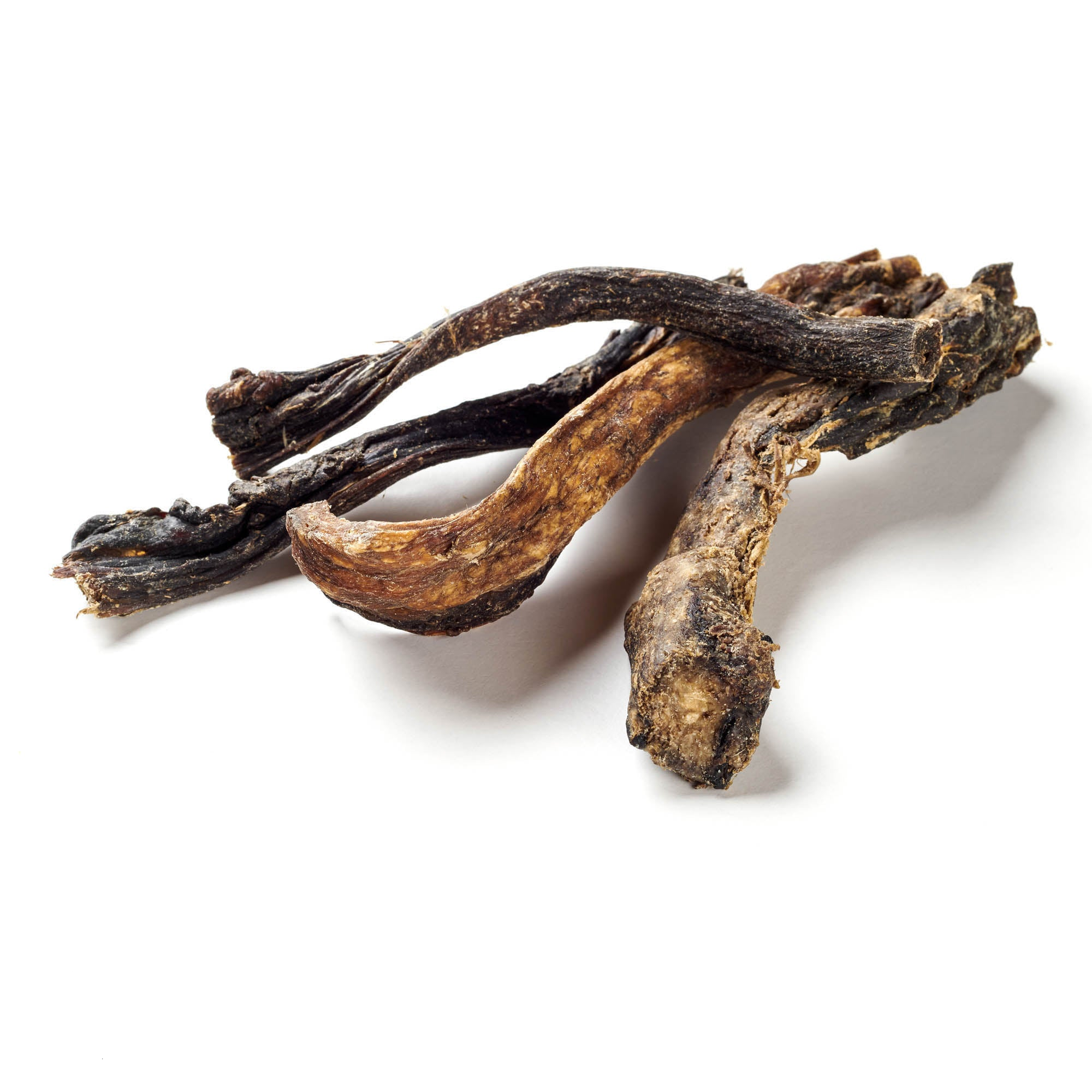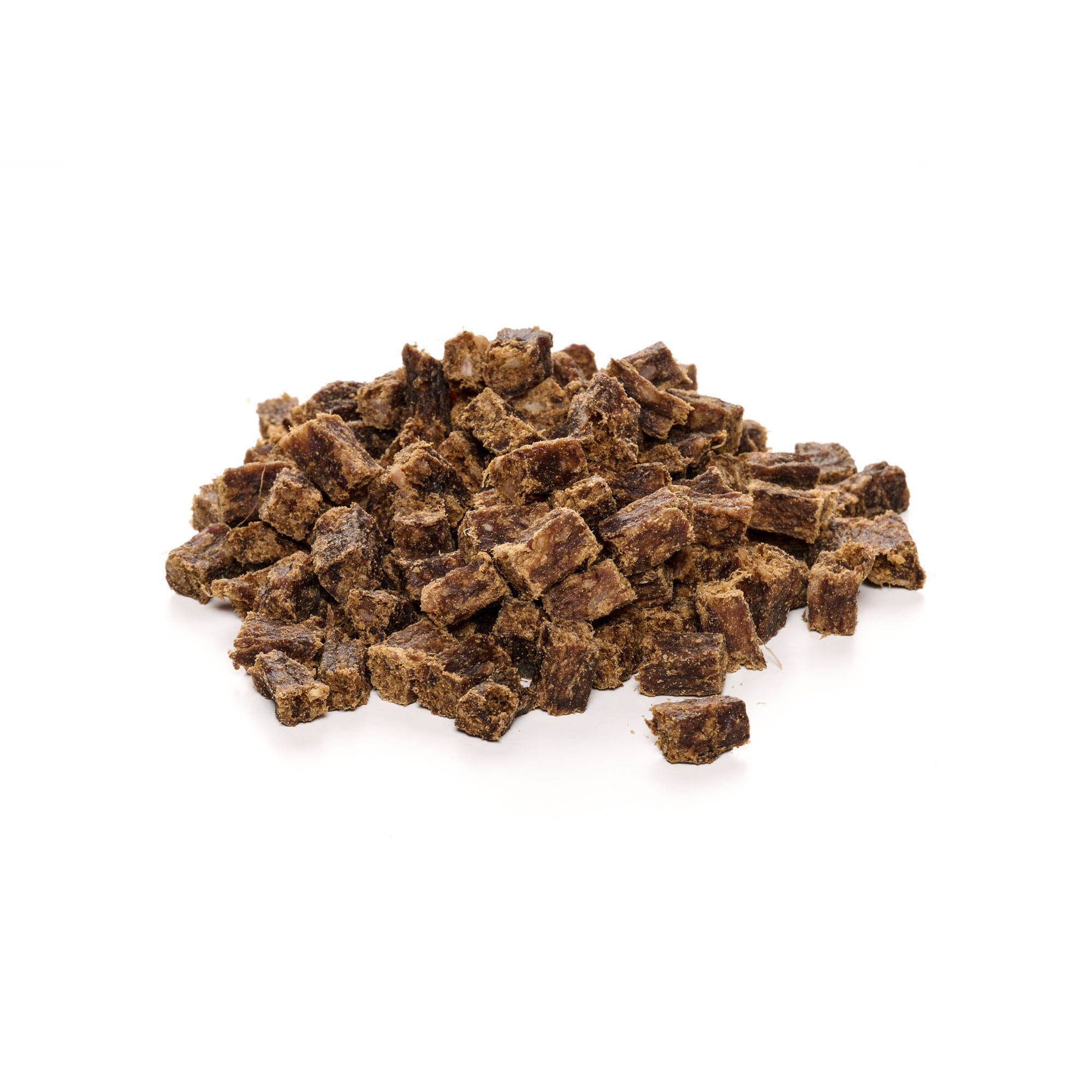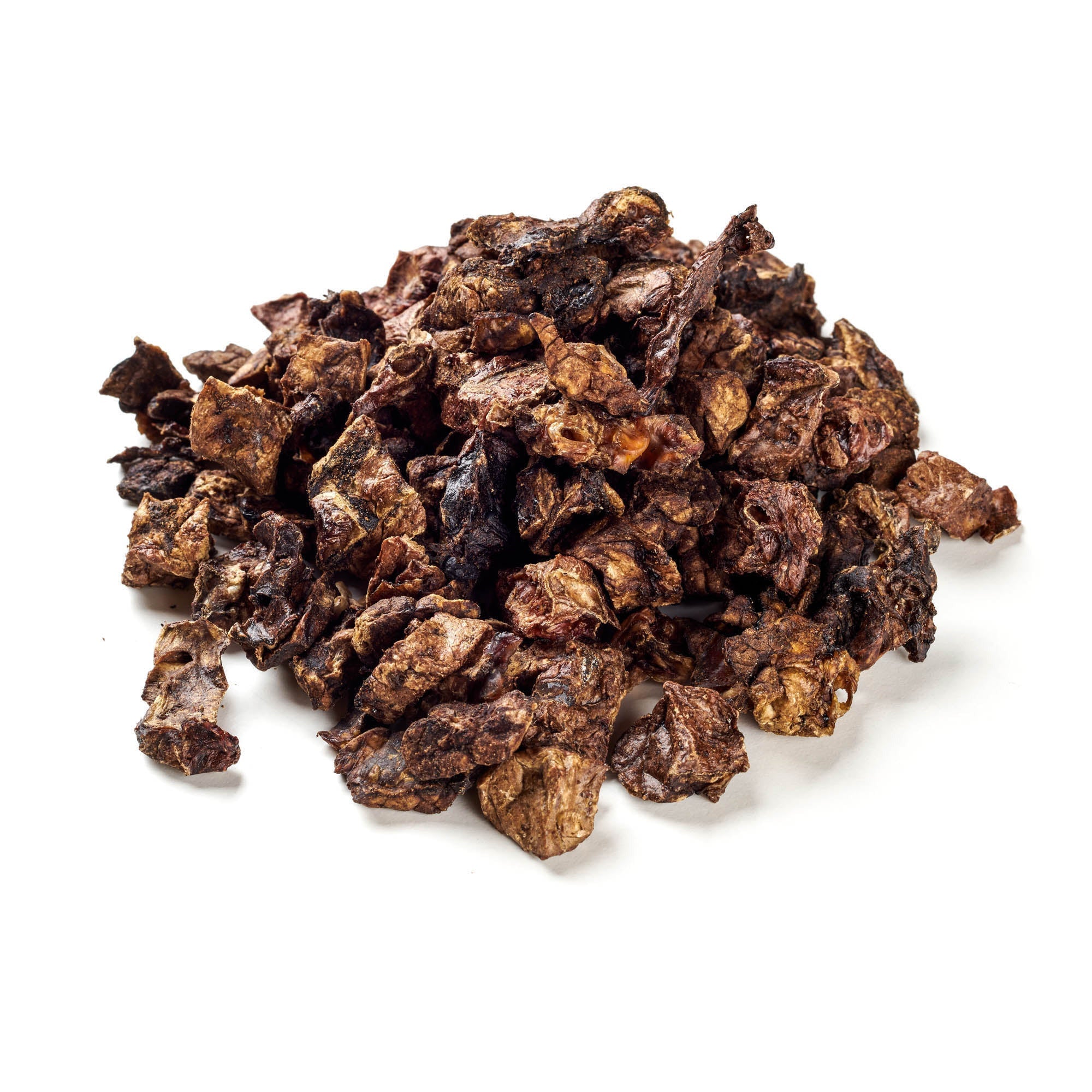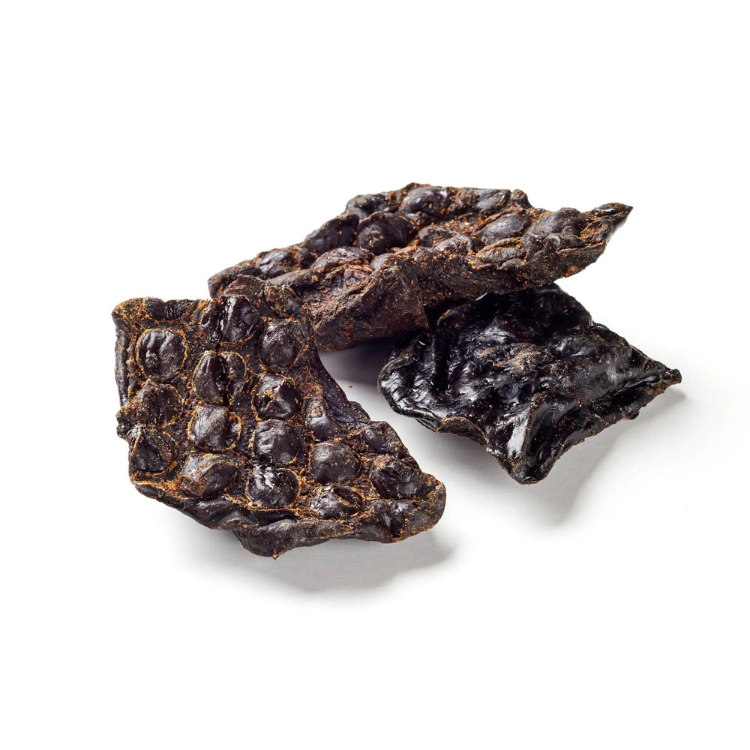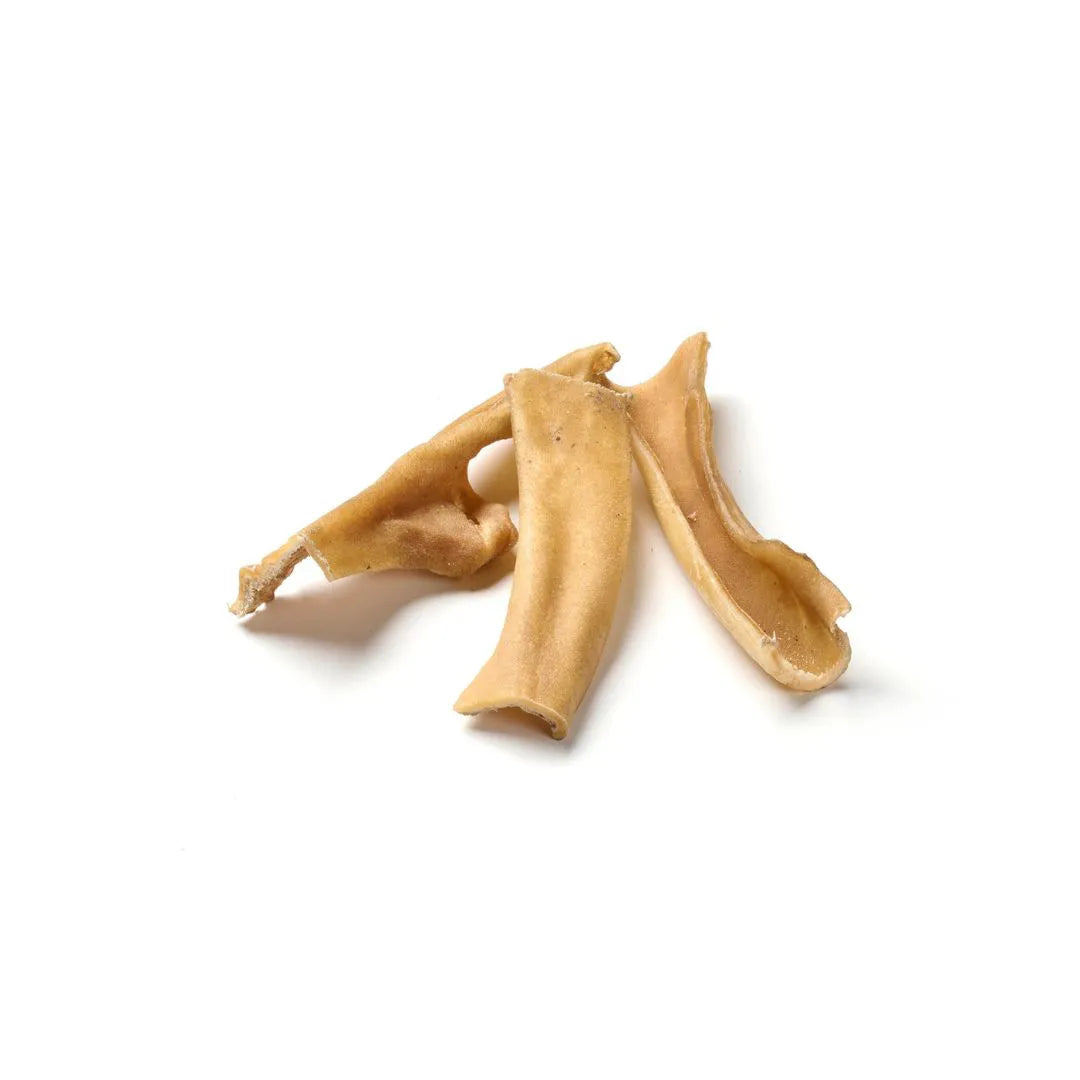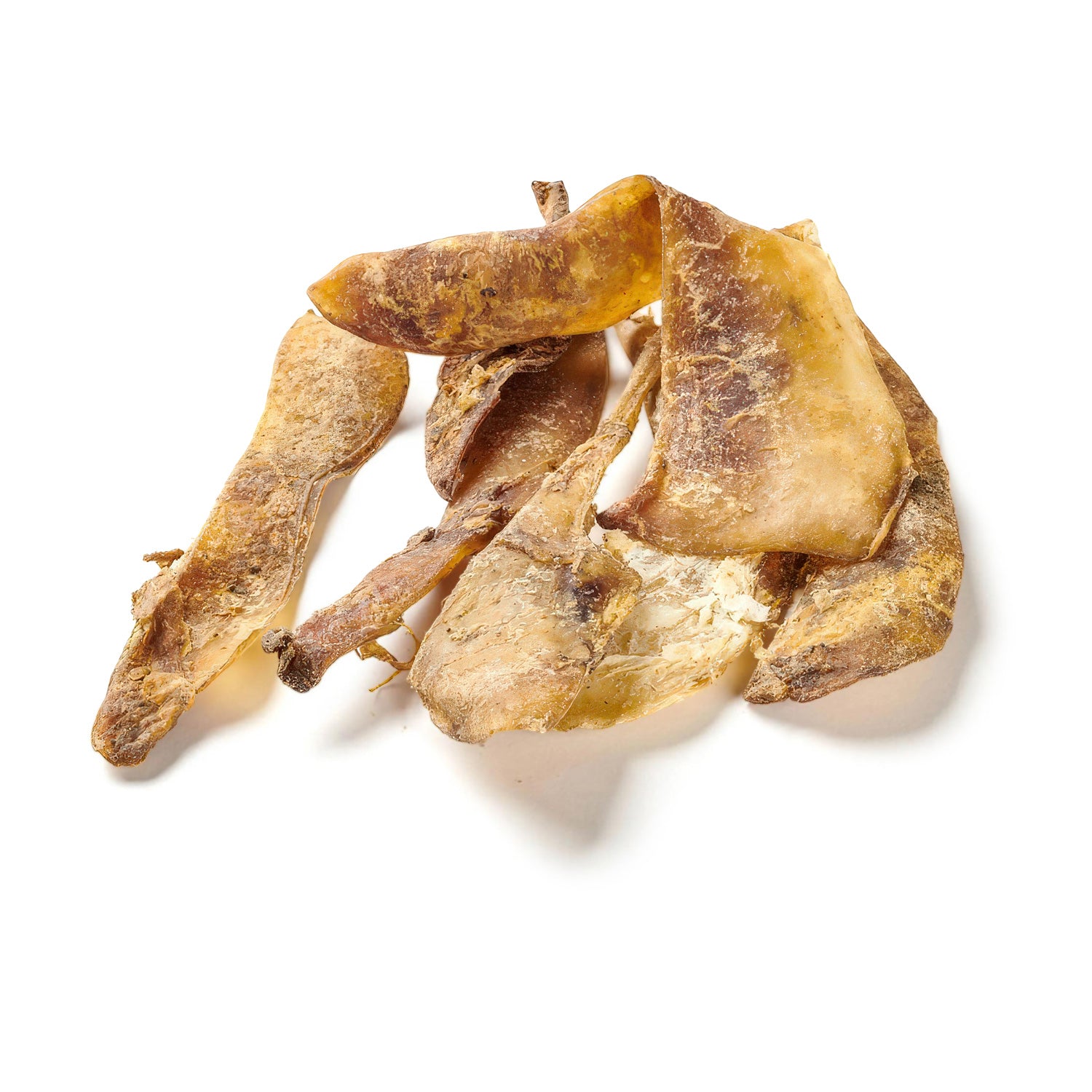
Do Khyi
Share
The Do Khyi is also a dog with a strong personality. He feels most comfortable near people he knows and is an alert and loving companion. He also needs family contact and is not suitable for kennel keeping.
Content: Do Khyi
- profile
- Special features
- Nutrition
- Health and care
- Origin & History
- The right accessories
- Conclusion
Delicious dog snacks for pure enjoyment are available from us!
Do Khyi - Profile
Character: Independent, protective, calm
Size: Very large
Height: 61-66 cm
Weight: 45-72 kg
Life expectancy: 10-12 years
Coat type: Long, thick
Color: Black, brown, gold and blue-gray, often with tan markings.
Special features: One of the oldest dog breeds, known for its impressive size and territorial behavior.
FCI Group: Pinschers and Schnauzers
Special features
The Do Khyi, also known as the Tibetan Mastiff or Tibetan Dog, is one of the large Tibetan breed dogs. Male Do Khyi's reach a shoulder height of at least 66 cm, while females reach a shoulder height of at least 61 cm. The average weight is around 60 kg. This breed of dog comes in a variety of colors, including solid or brindle, in colors such as black, fawn, blue, brown, red or tan. Some Do Khyi's may have a small white patch on the chest or white markings on the toes. The Do Khyi's coat is smooth, long and dense with a pronounced undercoat. In the spring, the dog goes through a shedding process that also sheds the top layer of skin, which may result in temporary dandruff. However, this is normal and not a cause for concern. The Do Khyi's build is large and strong, almost square, with a tail curled over the back. The head is broad, and the teeth are strong. The ears hang to the sides and are relatively small. The Do Khyi is a loyal and reliable family dog that is alert and has strong territorial behavior. It is intelligent and learns quickly, but can also get bored easily. This breed forms a close bond with its owners, but is also known for its headstrong personality. Training a Do Khyi can be challenging and may not be suitable for beginners. In terms of exercise, the Do Khyi does not require an excessive amount of exercise or dog sports . It is usually content to let off steam in the garden and is calm in the house if it is sufficiently occupied.
Nutrition
When your Do Khyi is about half a year old, it's time to switch from puppy food to adult dog food. Breeders usually offer detailed advice on healthy dog nutrition beforehand. Puppy food has a higher energy density to support the puppy's healthy growth. After about half a year, it is advisable to reduce the energy intake in the food. Despite its size, the Do Khyi needs smaller portions of food because its metabolism has a lower energy requirement compared to other dog breeds . However, the quality of the food should be high to ensure that your Do Khyi is supplied with all the important vitamins and minerals. Feeding smaller portions not only contributes to the health of your dog's digestive tract, but also reduces the risk of life-threatening gastric torsion.
High-quality dog chews for your faithful companion can be found here!
Health and care
The Do Khyi has a thick coat that requires regular grooming. Brushing it once a week is usually sufficient, except during the spring shedding season when daily brushing may be necessary. During this time, increased hair loss and dander can also be expected. Matted fur can be treated additionally with a special comb. When grooming, the dog's paws should not be neglected, as fur can often accumulate between the pads, which can be uncomfortable for the dog. Trimming the claws should be done as needed, and if you are unsure, the vet can help with this. It is important to check your Do Khyi's ears at regular intervals and clean them when necessary. Dental care should also not be neglected, and a special dog toothpaste can help the dog get used to regular dental care . Frequent washing and shampooing is not advisable for the dog in the long term, as it can affect the skin and coat. Therefore, this should only be done in exceptional cases.
Origin & History
The Do Khyi is one of the oldest dog breeds in Asia and originates from the Tibetan Himalayas and the Transhimalayan region. In Tibet, Do Khyi were mainly used as guard dogs to protect herds of animals and caravans. They were often tied to logs, which gave rise to their name, as "Do Khyi" translates to "tied dog". The breed also became known in Europe through the travels of Marco Polo around 1270. In Buddhism, there were numerous legends about the strength and bravery of these dogs, which were recorded in thankas and paintings. Due to their remote origins in the Himalayas, the genes of this breed have remained largely unchanged to this day.
The right accessories
Grooming the Do Khyi's thick coat requires regular brushing, usually once a week. During the spring shedding season, daily brushing may be necessary as fur and dander can increase. Pay special attention to your dog's paws as fur often accumulates between the pads. Neglected grooming can be painful for the dog. Trimming your dog's nails is necessary as needed. If you don't feel comfortable doing this, your vet can help with this. Frequent washing and shampooing is not advisable for the Do Khyi in the long term as this can affect his skin and coat, so this should only be done in exceptional cases.
Do Khyi - Conclusion
The Do Khyi, also known as the Tibetan Mastiff, originates from Tibet and is an imposing guard dog of impressive size. This dog has a thick coat that requires regular grooming, especially during shedding, to prevent matting. Despite its imposing appearance, the Do Khyi is known for its loyalty and protective instincts. It is a loyal companion and an excellent guard dog who will defend its family and home with devotion.
Treat your dog to something special with our chew products!


